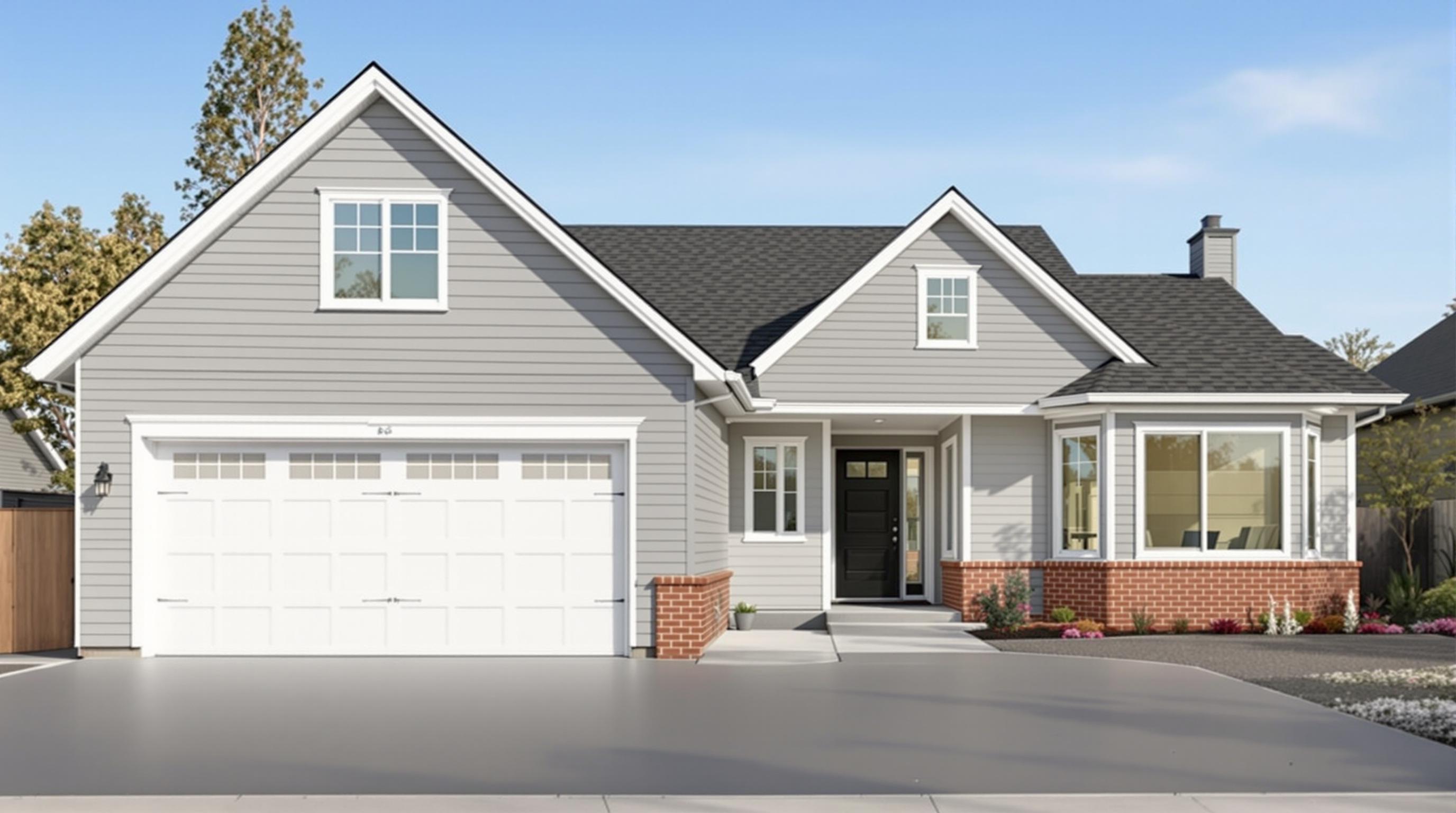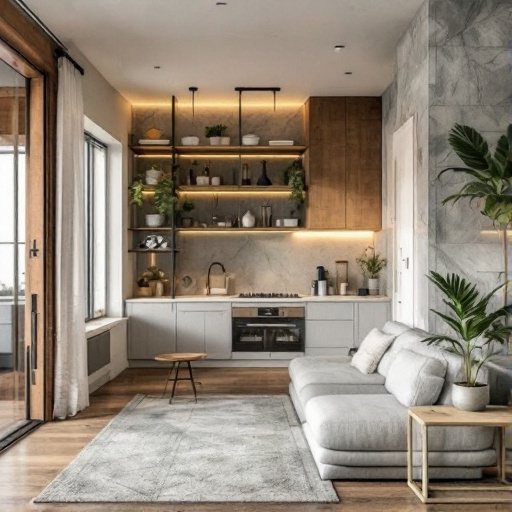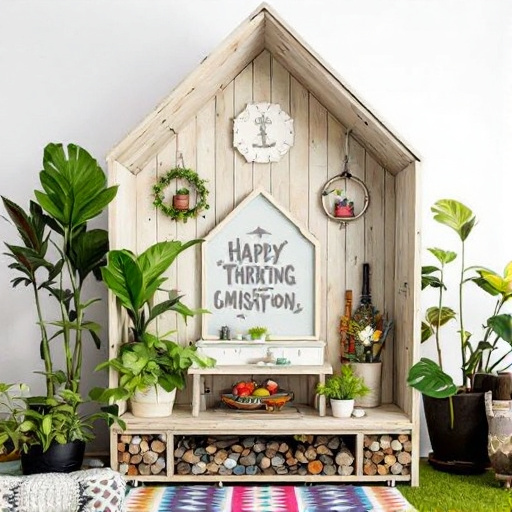Featured Articles
- 9 Innovative Home Customizations That Boost Energy Efficiency and Slash Utility Bills
- "From Functional to Fabulous: The Rise of Multi-Sensory Home Customizations for Enhanced Living Experiences"
- The Rise of Biophilic Design: Bringing the Outdoors In with Unexpected Home Customizations
- The Rise of Biophilic Design: Transforming Homes with Nature-Inspired Customizations for Wellness
- Transforming Ordinary Spaces: The Rise of Biophilic Design in Home Customization Trends
9 Innovative Home Customizations That Boost Energy Efficiency and Slash Utility Bills
9 Innovative Home Customizations That Boost Energy Efficiency and Slash Utility Bills
9 Innovative Home Customizations That Boost Energy Efficiency and Slash Utility Bills
1. Solar Window Films
Solar window films are thin layers applied to your existing windows to reduce heat gain. These films block UV rays while preserving natural light. Installing them cuts the need for excessive air conditioning in hot months.
Unlike replacing windows, solar films offer a cost-effective upgrade with immediate results. They also reduce glare and protect interior furnishings from fading. The films typically have a lifespan of 10 to 15 years.
According to the U.S. Department of Energy, solar shading can reduce cooling costs by up to 30%. This makes window films a smart first step in energy retrofitting without intrusive construction.
2. Smart Thermostats
Smart thermostats adapt to your schedule and preferences, optimizing heating and cooling cycles. They prevent wasted energy by adjusting temperatures when no one is home.
Many models feature remote control via smartphone apps, allowing you to modify settings in real time. They also provide energy usage reports to encourage efficient habits.
Research from the Environmental Protection Agency shows smart thermostats can save homeowners up to 15% on annual heating and cooling bills. The investment pays off rapidly.
3. Insulated Garage Doors
Garage doors often lose heat due to poor insulation. Upgrading to insulated models reduces thermal transfer, enhancing the overall comfort of adjacent living spaces.
High-quality insulated garage doors also block drafts and seal out moisture, preventing HVAC systems from overworking to maintain indoor temperatures.
A study by the Residential Energy Services Network highlights that insulated garage doors can improve home energy efficiency by up to 10%. This upgrade is practical and effective.
4. Green Roof Systems
Green roofs replace conventional roofing with layers of vegetation and soil. This setup provides natural insulation and reduces heat absorption during summer.
Besides regulating indoor temperatures, green roofs manage stormwater runoff and improve air quality by filtering pollutants. They extend roof lifespan by protecting underlying materials.
The EPA notes that green roofs can reduce energy consumption for cooling by 25% in certain climates. Though the upfront costs are higher, long-term savings and environmental benefits justify the investment.
5. Energy-Efficient Lighting
Switching to LED bulbs over incandescent or fluorescent lights dramatically cuts electricity use. LEDs consume up to 80% less energy and last significantly longer.
Beyond lower costs, LED lighting produces less heat, reducing strain on cool air systems. Dimmable and smart-enabled options add flexibility and convenience for homeowners.
The Department of Energy estimates that replacing all household bulbs with LEDs could save about $75 per year in energy costs per average home. This simple change is a foundational energy saver.
6. High-Performance Insulation
Upgrading insulation in walls, attics, and basements prevents heat loss in winter and heat gain in summer. Proper insulation maintains stable indoor temperatures year-round.
Materials like spray foam, rigid foam board, and blown cellulose offer superior thermal resistance compared to older fiberglass batts. Installation quality matters for maximum benefit.
According to EnergyStar, homes with high-performing insulation use nearly 15% to 20% less energy. This improvement forms the backbone of an energy-efficient home.
7. Tankless Water Heaters
Tankless or on-demand water heaters heat water only when needed, unlike conventional tank systems that maintain a reservoir of hot water 24/7. This cuts energy waste.
They are compact and can be installed close to points of use, reducing heat loss in pipes. Although installation costs are higher, operational savings accumulate over time.
The U.S. Department of Energy estimates tankless models are about 24%-34% more energy-efficient for homes using less than 41 gallons of hot water daily. They bring both efficiency and convenience.
8. Energy Recovery Ventilators (ERVs)
ERVs are devices that exchange stale indoor air with fresh outside air while transferring heat and moisture between the two air streams. This improves ventilation without wasting energy.
They reduce the load on HVAC systems, especially in tightly sealed modern homes where natural air leakage is minimal. ERVs also maintain indoor humidity within comfortable ranges.
The Building Performance Institute reports ERVs can improve HVAC efficiency up to 30%, making indoor air healthier and reducing overall utility costs.
9. Radiant Floor Heating
Radiant floor heating warms rooms from the floor up by circulating warm water or electric coils beneath flooring materials. This method provides even, comfortable heat.
Because heat rises naturally, radiant systems can maintain comfort at lower thermostat settings, cutting energy consumption. They eliminate the drafts common with forced-air systems.
The U.S. Energy Information Administration finds homes with radiant heating use up to 20% less energy for heating. Although installation is more complex, the long-term benefits are considerable.
Conclusion
Innovative home customizations deliver substantive energy savings and reduced utility bills. From solar window films to radiant floor heating, these upgrades target major areas of energy waste.
Investing in efficient technologies not only improves comfort but also supports sustainability by lowering carbon footprints. Most customizations recoup costs within a few years through savings.
Prioritizing improvements that suit your climate, home design, and budget ensures the best returns. Leveraging expert advice and reputable products maximizes results for a future-proof, energy-smart home.




